*** Proof of Product ***
Exploring the Essential Features of “Arn Andersson – Cinematic Music: From Idea To Finished Recording”
From Idea To Finished Recording
Cinematic Music: From Idea To Finished Recording is the starting composer’s complete guide to mastering all the fundamental principles of composing, orchestrating and producing modern cinematic tracks.
From writing memorable themes, to effective harmonic progressions, structuring your tracks into pleasant sonic journeys, and mocking them up using modern sample libraries – we will cover everything you need to know to make your musical ideas come to life.
Through 26 hours of video content, you will be guided through the process of creating modern cinematic music in the style of Hans Zimmer, Two Steps From Hell and Brian Tyler – from coming up with the first ideas, to the finished recording is done.
Here’s What You’ll Learn
- Coming up with ideas for themes easily and effortlessly
- Using the PReVaDe method to craft memorable melodies
- Writing effective countermelodies and ostinatos
- Structuring your theme ideas into powerful, complete compositions
- The most fundamental principles for arranging for the orchestra
- How to avoid the worst mistakes that are ruining your orchestrations
- The basics of the orchestral instruments and their families
- How to make your orchestrations sound huge and lush
- Crucial principles for making your mockups sound more realistic
- Basic techniques and principles for better mixes
- My approaches for a clean, powerful production – even if you’re no mixer
Course Track And Previews
Here is one of the tracks made in this course. In Module 7, you will be able to see the complete creation of this track, where Arn applies all the techniques presented in the course to a single piece of work.
You will be able to see the track grow from the idea stage, through all the mistakes, until it comes out on the other end as a finished track.
Your Journey Through The Course
Module 1:
Enter The World Of Cinematic Music
We are starting off the course with some fundamental knowledge, mindsets and essential concepts around the topic of learning cinematic music. I will tell you my story of getting to where I am today, some of the struggles I’ve faced, and how this course seeks to bypass these big obstacles.
We will explore topics such as:
- What is required for this course
- How to get the most out of this program
- Why I made this course
- Who it is for, and what it intends to fix
Module 2:
Crafting Your Theme
In the second module of the course, we dive straight into the main core of your cinematic tracks, the main theme. It is what people will remember, and what usually is seen as the identity of your piece.
We cover topics such as:
- Coming up with motifs for your tracks
- Using intervals to evoke different emotions
- Turning any motif into a full melody
- Practical techniques for more memorable, effective melodies
- Learning the language of harmony to find the best chords for your theme
- Practical modulation techniques for effortlessly moving between keys
- Crafting an effective story arc, with proper melody contour and shape
- Writing beautiful counter melodies for your theme
- Crafting powerful, moving ostinatos to give your piece drive and energy
Module 3:
Structuring Your Composition
In the third module, we start talking about how you can take your theme, and turn it into a full composition. We will discuss tools and principles you can use to craft interesting sonic journeys, that keep the listener hooked from beginning to end.
We cover the following topics:
- Using growth and contrast to keep your track interesting at all times
- Crafting new sections from your main theme, effortlessly
- Using complexity and power to shape a dynamic journey through your piece
- How to create tracks with one theme that keeps repeating and growing
- How to create tracks with contrasting sections, and how to make them effective
Module 4:
Orchestration and Arrangement
In the fourth module, we will start taking a closer look at the orchestral instruments, the orchestral families, and crucial principles to keep in mind when writing for each of them. We will also dive into some very important orchestration principles to ensure a powerful representation of your theme, and a clear mix in the end.
In this module you will see:
- A breakdown of the orchestral families and their main instruments
- Common orchestration mistakes and how to avoid them
- Tips for writing and arranging for Strings, Brass, Woodwinds, and Choirs.
- How to craft effective chord voicings for any orchestral family
- Using Foreground, Middleground, and Background to guide the listener’s attention
- Using the MeHaRyTe principle to orchestrate more effortlessly
- Digital orchestration tips and principles to keep in mind
- 3 orchestrations of the same theme
- Tips for arranging large, epic statements
- 1 hour analysis of one of my tracks and its orchestration
Module 5:
Creating A Realistic Mockup
In the fifth module, we will focus a bit more on how we can achieve a more realistic mockup, based on what we did in chapter four.
In this final module you will see:
- My general tips and tricks to achieve more realism
- Crucial mindsets that can make or break your end result, easily
- My tips for using Mod Wheels for more dynamic and human performances
- An Over-The-Shoulder look at my workflow when mocking up themes
- Tips for setting up and using templates to increase your workflow and speed
Module 6:
Mixing and Mastering Your Track
In the fifth module, we will focus a bit more on how we can achieve a more realistic mockup, based on what we did in chapter four.
In this final module you will see:
- My basic, easy to follow principles for mixing and mastering my tracks
- Tips and tricks to improve the quality of your productions, quickly
- An Over-The-Shoulder look at my workflow for my mixes
- Advice for mastering your piece
Module 7:
Creating A Track From Beginning To End
In this module you will see me create a complete track from beginning to end, with all the mistakes, hurdles and victories along the way. From the first notes, to the final export.
In this final module you will see:
- Me come up with a motif, and turn it into a full melody
- Turn this melody into a complete theme
- Turn this theme into an AABA style composition
- Orchestrate and arrange the entire composition
- Record and edit the mockup of my track
- Mix and master, and export the final result
Meet Your Instructor
Arn Andersson – Course Instructor
Arn Andersson is a Norwegian musician, traveler and creative educator that aspires to empower creatives to produce better art, live better lives and make a living from their passion as the co-founder of Evenant.
He has worked remotely across nearly 30 countries on his nomadic workstation while providing music for various ad campaigns, video games, a Lionsgate film, and trailer campaigns like Lady and the Tramp, Lego Movie, Cold Pursuit, and Welcome To Marwen. He’s also been a collaborator on tracks for renowned artists such as The Metropole Orkest and Hardwell.
Please see the full list of alternative group-buy courses available here: https://lunacourse.com/shop/

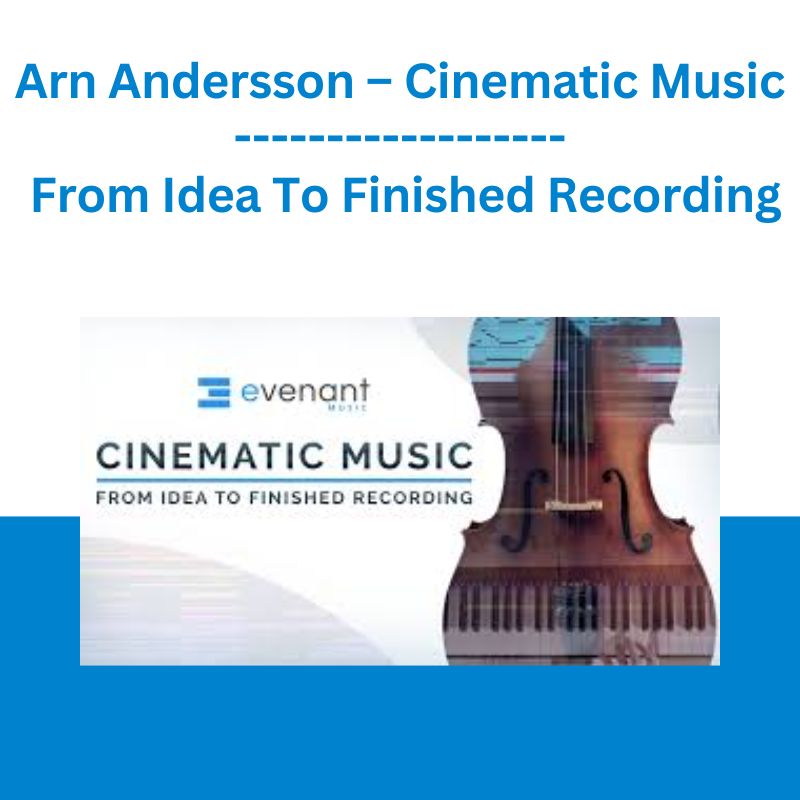

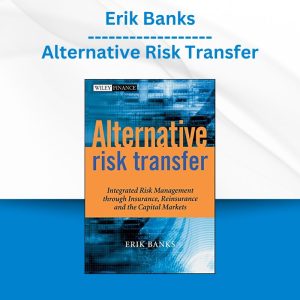
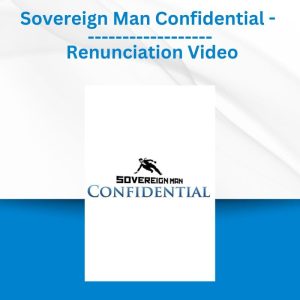



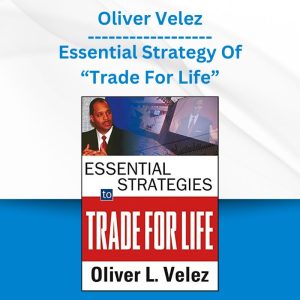

 Crypto Dan - The Crypto Investing Blueprint To Financial Freedom By 2025
Crypto Dan - The Crypto Investing Blueprint To Financial Freedom By 2025  Simpler Trading - Bruce Marshall - The Options Defense Course
Simpler Trading - Bruce Marshall - The Options Defense Course 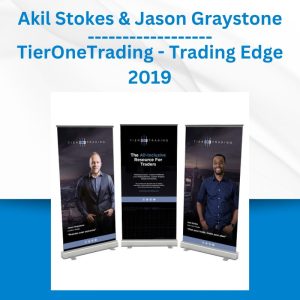 Akil Stokes & Jason Graystone - TierOneTrading - Trading Edge 2019
Akil Stokes & Jason Graystone - TierOneTrading - Trading Edge 2019